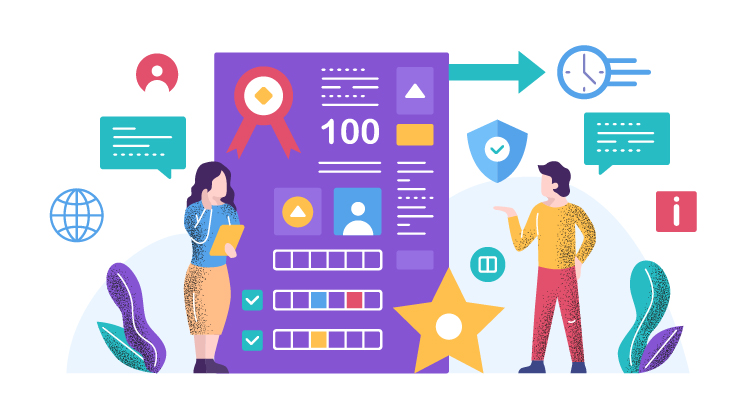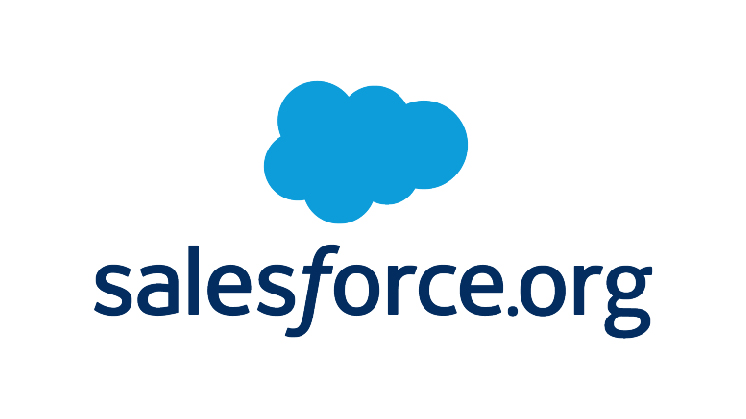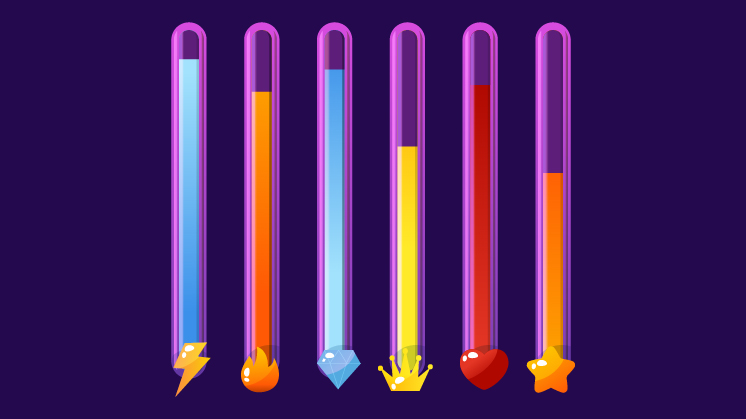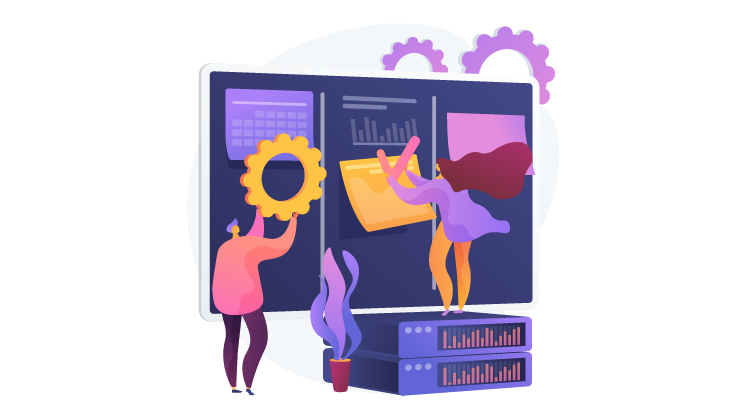As the world embraces the remote work culture, companies face the challenge of motivating and engaging their remote teams. Gamification, applying game-like elements in non-game contexts, has emerged as a powerful tool to tackle this issue. You can use gamification to motivate remote teams to tap into the psychological drivers of motivation and engagement.
This blog post will explore seven effective ways to use gamification to motivate remote teams.
7 Effective Ways to Use Gamification to Motivate Remote Teams
1. Points and Leaderboard System – One of the Effective Ways to Use Gamification

Point systems and leaderboards are two effective ways to use gamification. Assign points to team members for completing tasks, meeting goals, or displaying desired behaviors.
Display the points earned on a leaderboard, fostering a spirit of friendly competition and motivation to climb the ranks.
Real-World Example
Salesforce, a leading customer relationship management (CRM) platform, uses gamification to motivate and engage remote sales teams. Through its “WIT Workforce Inspired” program, employees earn badges and points for completing training modules, participating in discussions, and achieving sales targets.
These points are displayed on leaderboards. They fuel healthy competition, drive continuous learning, and improve performance.
2. Introduce Levels and Progress Bars
Like video games, levels, and progress bars can provide a sense of accomplishment and a clear path for growth. Break down complex projects or goals into smaller, achievable milestones, and assign levels or progress bars to track advancement.
As team members progress through these levels, they will experience a sense of achievement and feel motivated to continue their journey.
3. Offer Meaningful Rewards and Recognition
While points and levels are great motivators, pairing them with tangible rewards and recognition can amplify their impact. Celebrate achievements by offering rewards such as gift cards, extra paid time off, or public recognition within the company. This reinforces positive behaviors and fosters a sense of appreciation and belonging within the remote team.
Case Study
In a case study published by the Harvard Business Review, a company implemented a gamified sales incentive program that offered meaningful rewards. The rewards include vacations, luxury goods, and traditional monetary bonuses.
The result was a 107% increase in sales performance compared to their traditional incentive program.
The above case study reveals the helpfulness of gamification to engage remote employees.
4. Incorporate Social Elements
Humans are inherently social beings. Remote work can sometimes feel isolating. Using gamification to motivate remote teams to incorporate social elements can help bridge this gap and foster a sense of community within your remote team. Encourage team members to share their achievements, offer peer recognition, or collaborate on team challenges.
Gamification in a remote workplace motivates individuals and strengthens the team’s cohesion and camaraderie.
5. Leverage Storytelling and Narratives
Creating an engaging narrative or storyline around your gamification efforts can make the experience more immersive and memorable. Weave a compelling tale around your team’s goals, challenges, and achievements, transforming mundane tasks into exciting quests or missions.
This narrative approach can add an extra layer of excitement and meaning to the gamification experience.
Quote
“Storytelling is ultimately a creative act of pattern recognition. Through characters, colors, and textures, we create imaginative patterns invented by the mind but based on reality.” – Albert Einstein.
6. Personalize to Engage Remote Employees
Every individual is unique, with different motivators and preferences. Allowing for personalization and customization within your gamification strategy can enhance engagement and cater to diverse preferences.
Offer options to choose avatars, customize interfaces, or even set personalized goals and challenges. This sense of ownership and control can foster a deeper connection with gamification in remote work.
7. Continuous Feedback
Gamification is not a one-size-fits-all solution; what works for one team may not resonate with another. Embrace a mindset of continuously seeking feedback from your remote team. Analyze engagement metrics, conduct surveys, and gather qualitative feedback to identify areas for improvement or new gamification opportunities.
This iterative approach ensures that your gamification strategy remains relevant, effective, and tailored to your team’s evolving needs.
Data and Charts Related to Gamification in Remote Workplace
According to a study by MarketsandMarkets, the global gamification market is expected to grow from $9.1 billion in 2020 to $30.7 billion by 2025, with a compound annual growth rate (CAGR) of 27.4%. This growth is driven by the increasing adoption of gamification across various industries, including business, education, and healthcare.
Projected Gamification Market Growth (2020-2025)
| Year | Market Size (USD Billion) |
| 2020 | 9.1 |
| 2021 | 11.2 |
| 2022 | 14.0 |
| 2023 | 17.6 |
| 2024 | 22.1 |
| 2025 | 30.7 |
Key Takeaways to Use Gamification to Motivate Remote Teams
- Implement a points and leaderboard system to tap into the desire for achievement and recognition.
- Use levels and progress bars to provide a sense of accomplishment and a clear path for growth.
- Offer meaningful rewards and recognition to amplify the impact of gamification in remote workplaces.
- Incorporate social elements using gamification to engage remote employees to foster a sense of community within the remote team.
- Leverage storytelling and narratives to create an engaging and immersive experience.
- Allow personalization and customization to cater to diverse preferences and enhance engagement.
- Continuously seek feedback to ensure your gamification strategy remains relevant and effective.
Wrap Up
If you use gamification to motivate remote teams, you are giving them the best chance to motivate and engage them. Whether through points and leaderboards, levels and progress bars, meaningful rewards, social elements, engaging narratives, personalization, or continuous feedback seeking, the possibilities for motivating your remote team are endless. Use gamification and reap the benefits of your remote team’s motivation, engagement, and performance.





